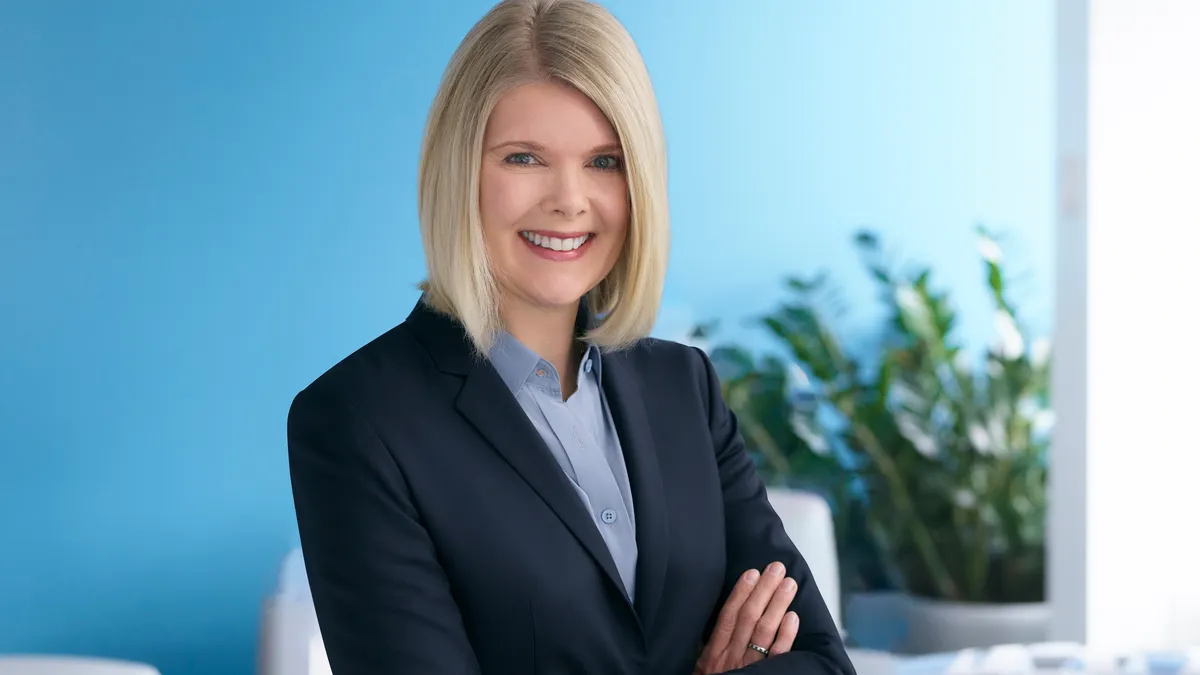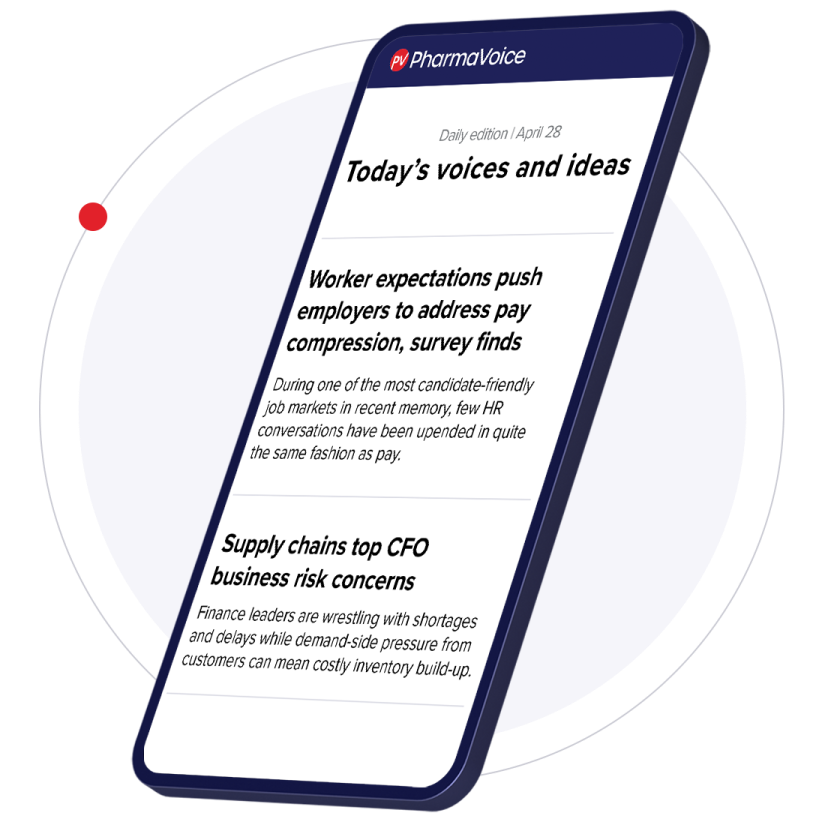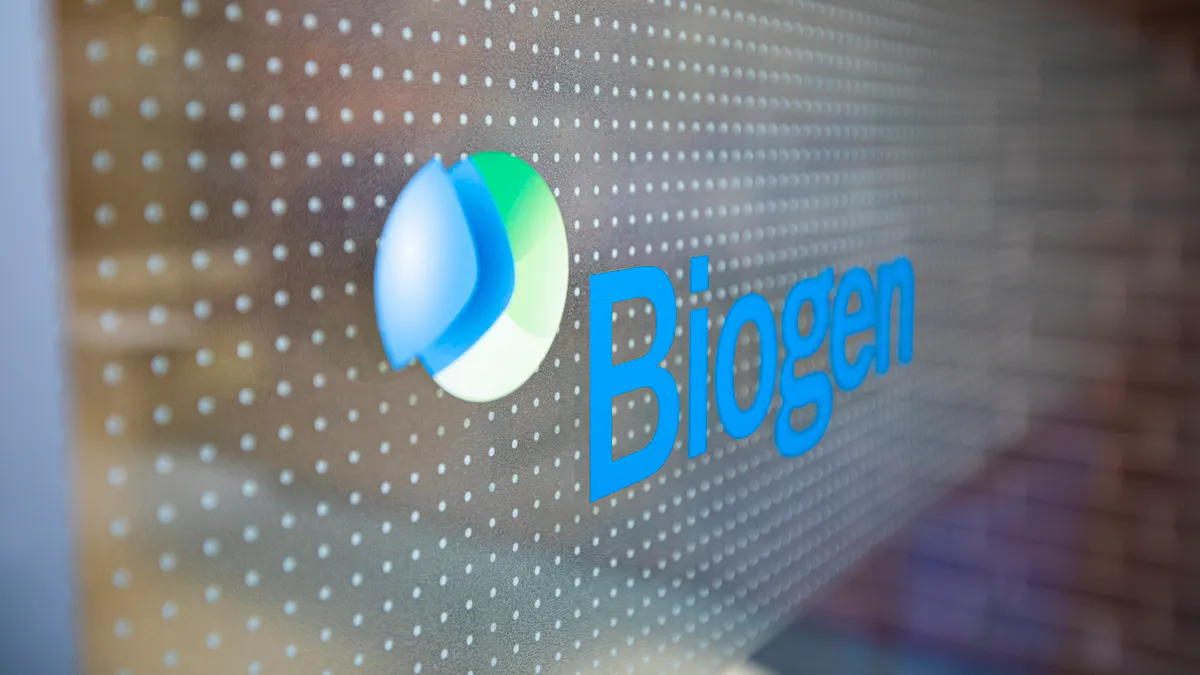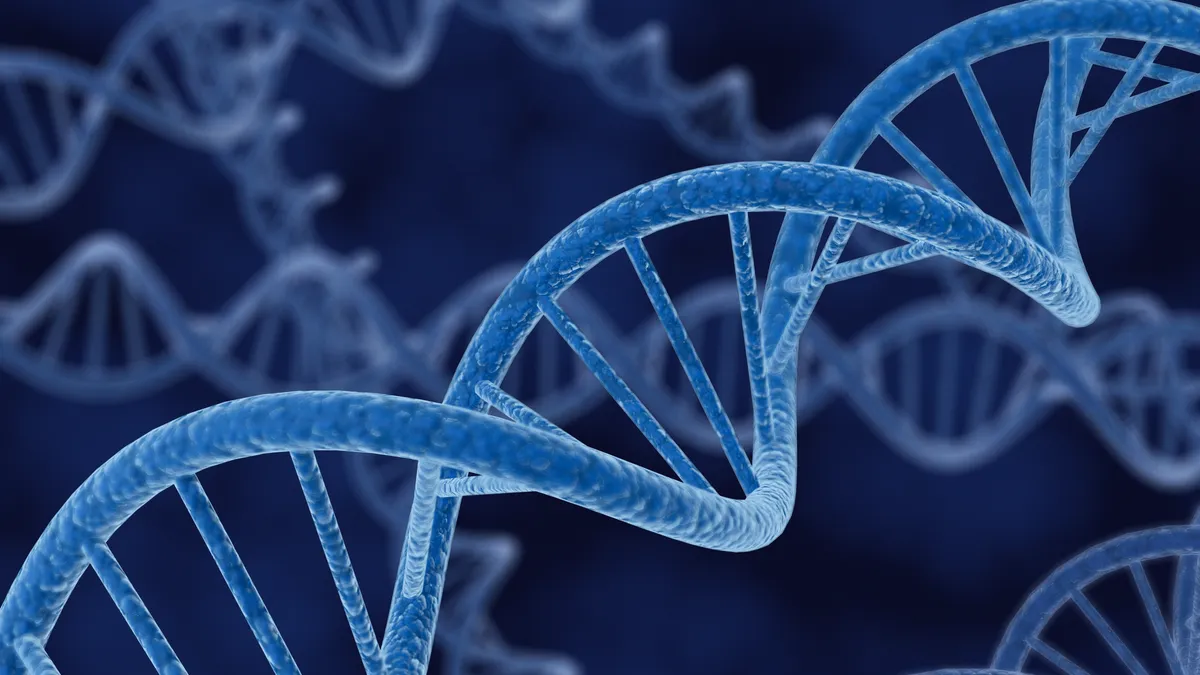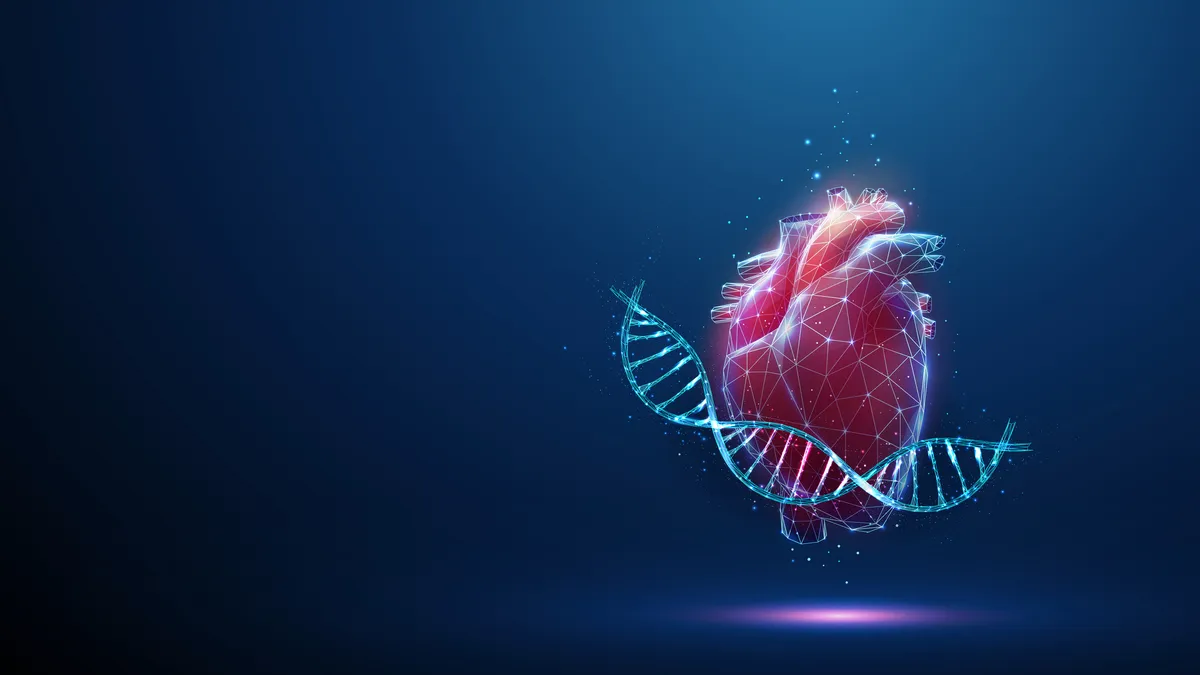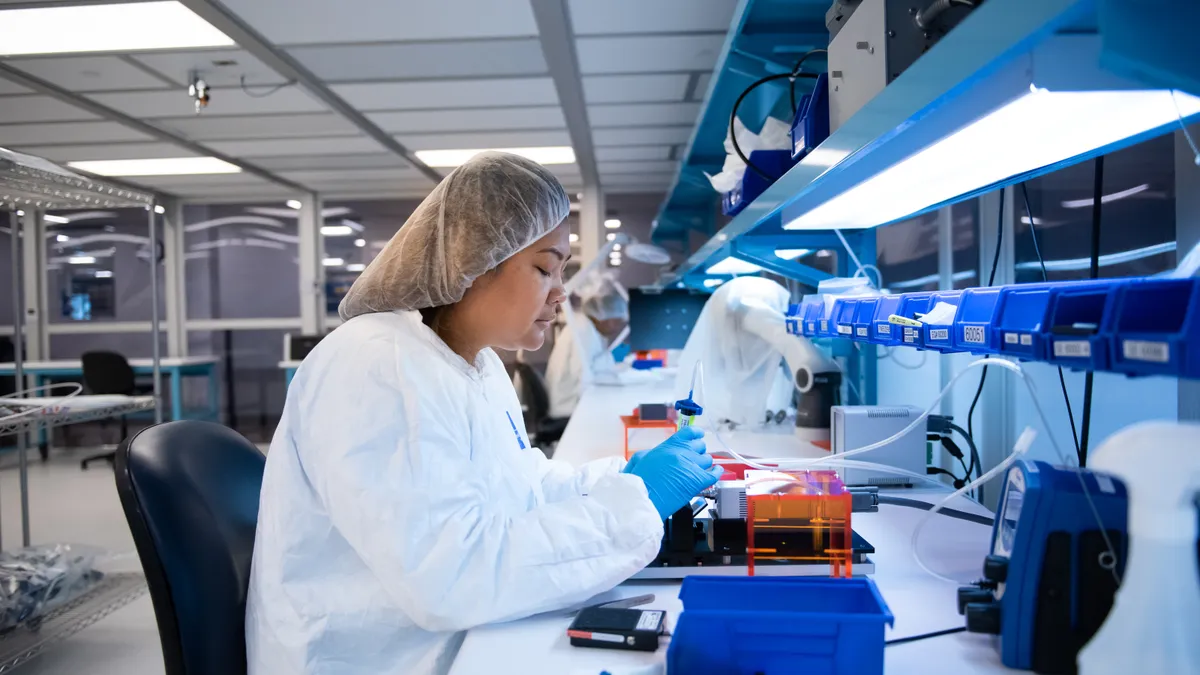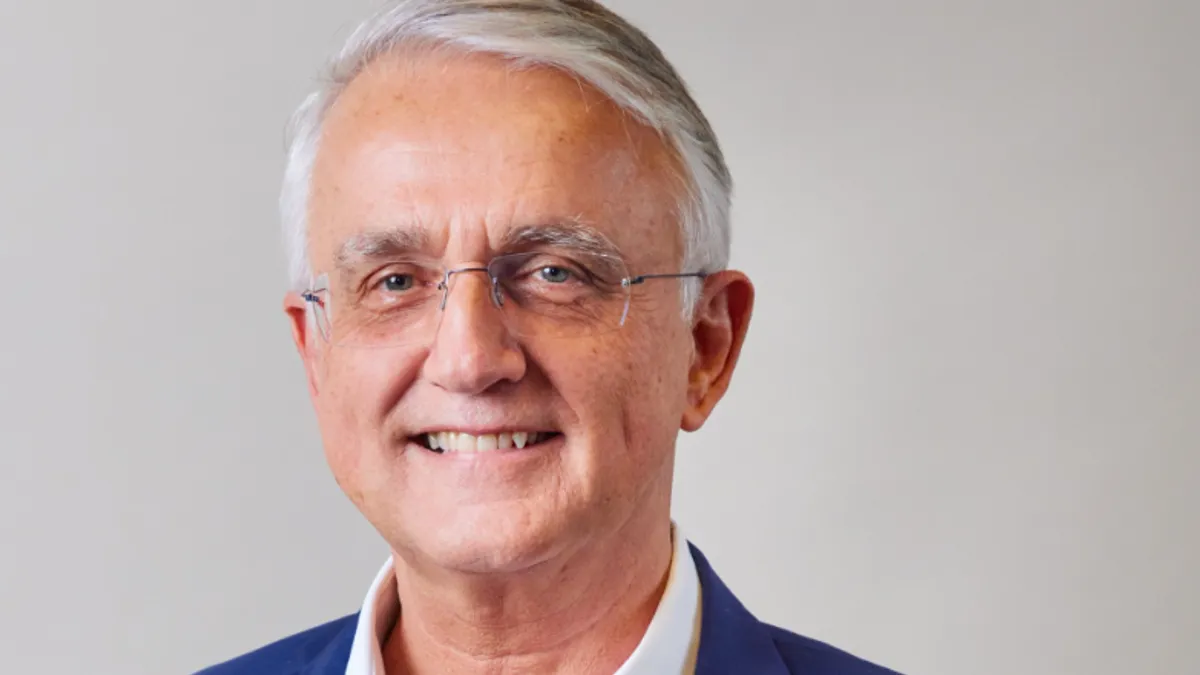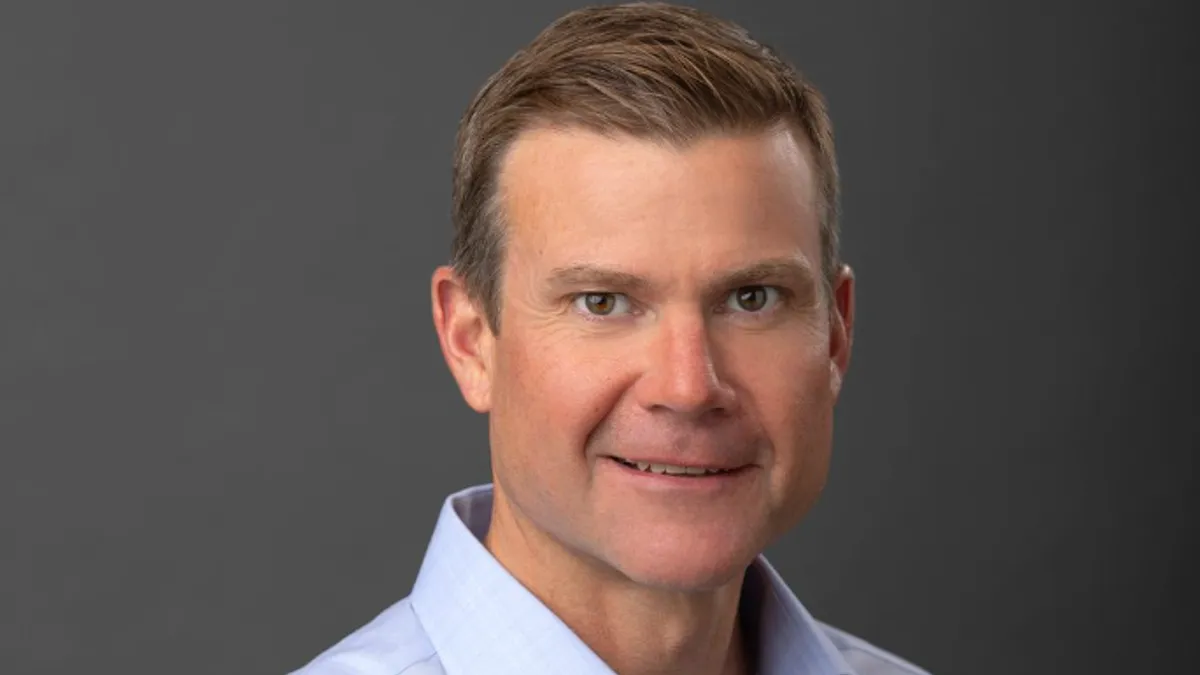Newly appointed CEOs often step into existing companies with long-established cultures, making change difficult.
At Mural Oncology, however, CEO Caroline Loew is seizing the opportunity to build the company’s culture from the ground up. Alkermes officially spun out Mural in November as an independent, publicly traded, clinical-stage immuno-oncology company with $275 million in committed funding. The move allowed Alkermes to become a “pure play” neuroscience company while Mural focuses on cytokine-based immunotherapy, especially for cancers with limited treatment options.
Its lead candidate, nemvaleukin, is currently in registrational trials in advanced melanoma and platinum-resistant ovarian cancer. Nemvaleukin is an engineered variant of the immunotherapy interleukin-2 (IL-2), allowing it to treat cancer without the toxicity that’s typical of IL-2 therapies. The FDA granted nemvaleukin orphan drug and fast track designations to treat mucosal melanoma, as well as fast track designation for platinum-resistant ovarian cancer in combination with pembrolizumab.
In addition, nemvaleukin is in clinical-stage research for advanced solid tumors. The company also has two programs in discovery.
Leading a spinout company means Loew gets the best of both worlds: Established drug candidates and a chance to build the culture from the ground up.
“We’re taking a company that's kind of mid-flight and establishing it as a fully fledged, independent biotech,” she said. “It’s [an] interesting, hybrid-type situation.”
Loew has leadership credentials for the task. In fact, she said her “superpower” is the ability to think and act strategically. A scientist-CEO with a background in organic chemistry, Loew most recently served at the helm of Glympse Bio, which merged with Sunbird Bio in August. Prior to that, Loew was vice president, head of R&D strategy and planning at Bristol-Myers Squibb, and has also held leadership roles at Merck & Co. and PhRMA.
At BMS, Loew was particularly involved in the company’s reprioritization on cancer therapies. And although Loew called her time in oncology drug development and witnessing the rise of immuno-oncology therapies “thrilling,” she also viewed the plateau of response rates as an opportunity for next-generation cancer drugs.
“That's an example of big-picture thinking: How can you radically change what you do as an organization and your position as organization?”

Caroline Loew
CEO, Mural Oncology
Coming to Mural was about this “unfinished business” and her desire to advance new mechanisms.
“I have very deep experience both building R&D strategies, as well as executing large portfolios,” she said. “As I come into the company, I'm focusing a lot of my efforts strategically … thinking about where we're going, what's next and how we build for the future.”
She believes the CEO role has three pillars — internal operations, external engagement and developing culture — and is intentional about executing on each piece while maintaining a focus on the patient.
“This is a company that can deliver that next wave of IO agents. It's not just about nemvaleukin. It's about this whole possibility of opening up that future for patients,” she said. “We're building this big future company, and we have incredible conviction.”
PharmaVoice talked with Loew about her leadership philosophy and strategy for building culture at the newly formed company.
This interview has been edited for brevity and style.
PHARMAVOICE: How do you approach being CEO?
CAROLINE LOEW: I think about, very consciously, how much time a week I spend doing [certain tasks]. That maybe sounds a bit prescriptive, but it helps me make sure I spend the appropriate amount of time as a CEO taking care of what I feel are the important pillars of my role.
I'm a classic person who's very results oriented, and I prioritize critical activities. I think whether you're a small company or a slightly larger company like us, when you're working in cutting-edge science, there's always this enormous temptation to focus on something new that comes up and to get distracted. And one thing I think is very important … is to say, ‘That's super interesting, but that's not what we have to do today.’
Stay focused on executing priorities. That sounds simple, but you would be surprised how often organizations trips up because of distractions.
You said your superpower as a leader is the ability to think and act strategically. When have you done that in your prior roles?
Some of the things I am most proud of in my career is being given the opportunity to — with a blank sheet of paper — look at strategic opportunities for the organizations I have worked for [and] identify things that have not necessarily been previously seen that have dramatically changed the direction of a company.
When I joined BMS … I got to look at the portfolio strategy. At the time, BMS wasn't deeply engaged in oncology. The first thing I did … was assess the entire BMS portfolio and put forward a proposal for how we should prioritize our portfolio. This ended up with BMS increasing their investment in oncology around 30%, and that led to them being the leader they are today.
It was like turning a supertanker. It wasn't just a decision to upend investment. We had to, of course, reprioritize. We weren’t equipped as an organization to operate in oncology, so we rebuilt our operating model. That's an example of big-picture thinking: How can you radically change what you do as an organization and your position as organization?
Why do you believe in Mural’s science and approach?
Immuno-oncology has really revolutionized the treatment of oncology, but response rates have plateaued around 30%. I think about this as the unfinished business of oncology drug development, and when I saw Mural’s data and the approach we’re taking to protein engineering, I realized that we could be uniquely suited solving this issue. What we’re doing at its heart is simple — we’re taking the ‘known known’ of native cytokines, and using our protein engineering to leverage their potency while overcoming issues like tolerability. Nemavaleukin, our recombinant IL-2, is an example of this, where we’ve generated compelling data in both mono and combination therapy, and have recapitulated the responses of high dose IL-2. We’ve also used the same approach for our preclinical programs — an IL-18 and an IL-12 — where we expect to nominate candidates this year.
You’re intentional about establishing culture. How are you doing that at Mural?
First of all, it's a science-first, patient-first organization. Those words are kind of trite. People say that a lot. But it means, at its heart, that you will make decisions solely guided by science and the patient. There are sometimes extremely hard decisions you have to make in development to progress assets or not progress assets. When you are always guided by what the science says and what's best for the patient, it’s such a clarifying perspective.
The second piece is it's a collaborative environment. Drug development is a team sport. It requires many people to come to the table and to work together without prejudice. They need to be sitting around the table making decisions about some very complex science. We need those teams to be very high functioning.
The third piece is that it’s an inclusive organization. By inclusion, we're not just talking about diversity and inclusion. It’s important to listen to every voice. Sometimes the best ideas are the contrarian ideas. It's where the [research assistant] feels able to say, ‘I saw something in this data I think we should pay attention to.’ They’re the people who are maybe closest to the research. Every voice is important. Every voice is heard. And you bring those voices into discussion.
You have to do all of those things. You don't exclude people in meetings. You make sure information is transparent and shared. You make sure when people speak up, you listen to them and you do something about it.
I walk that walk. My door is open. I let people come in and talk to me. It’s not about writing it down on a piece of paper. It's about doing it every single day and expecting everyone to do it and holding people accountable for doing it. There's no two ways around it. You live it. You help people live it.


